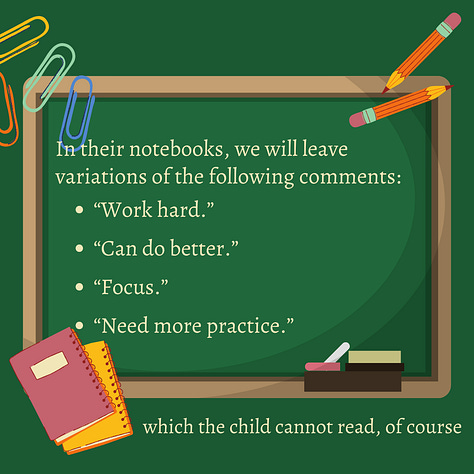You might have heard people in emergency services - doctors, police officers, firefighters and the like - talk about encountering horrific events and scenes at the beginning of their careers that scarred them permanently. They are said to learn to deal with the constant exposure to the rough edges of humanity with experience. My sister is a doctor; she says, “You get used to it,” and continues after a pause, “sort of.”
‘Getting used to it’ implies you no longer wince, vomit, cry, take time off, or freeze in the face of calamity. You continue to do what you need to do, perhaps after a quick deep breath. The ‘sort of’, though, stands for what doesn’t go away despite decades of experience: the shock, the horror, the despair, the trauma - both first-hand and vicarious, and in many instances, the helplessness, when there are limits to what you can and are able to do, personally and professionally, when your heart breaks into shards day-after-day at sights you never want to witness again, but have no choice but to wake up the next morning and repeat.
Of course, I’m not in emergency services, but I’m intimately familiar with the utter helplessness since I began to teach in 2012: the helplessness a child, the parent, and in some cases, the teacher experiences when the child cannot read.
I still regularly encounter students who cannot read. Don’t let anyone fool who you into thinking this is a problem in low-income or “underprivileged” settings. Students who cannot read exist across demographics irrespective of age group, income level, and whether they live in cities, towns and rural areas in India or abroad. Some of them have learning difficulties and disabilities (nothing that can’t be supported by the right teacher at the right time), but some of them have no good reason to not be reading. Here’s the thing: the heartbreak when I meet such a student never gets old. It never gets easier.
I perpetually live in the realm of “sort of” - forced to watch school systems admitting enthusiastic and curious students and slowly but surely beat out of them the love and zest they had for learning and life. School after school. Student after student. Over and over again.
I’m now convinced that schools follow a manual, a robust one at that, to strip children of their confidence and desire for learning. The manual is concise and effective. It reads:
Design every moment of school assuming that the child can already read and spell.
That’s it. That’s enough to effortlessly fail children who enter school with curious, happy eyes that turn pale and listless in a matter of months.
Now, here’s the part no one understands. Schools won’t tell you they do this. Not when you nervously take your child there for admissions, not when you leave parent-teacher meetings with deep shame about your parenting, not even when the child goes from perfectly happy and well-adjusted to having all kinds of behavioural, emotional, and physical health issues. They won’t tell you this when you send notes in your child’s diary asserting that s/he knew the answers orally but couldn’t read the question paper or when you meet someone in charge after school and request them to support your child’s reading as they hurriedly walk away. They won’t tell you this no matter how well-intentioned they are or how much they love their students.
The manual explains how some students flourish nevertheless. They could already read or managed to pick up reading by themselves. (Yes, some can. Some definitely cannot, and it’s not a character flaw or a measure of their sincerity.)
I don’t want to get into postulating or explaining why they do this. I could. I’ve been in schools long enough to know, but that’s not the point of this post. It’s this: if, as a parent, you knew that reading is a prerequisite before your child enters first grade (in some cases senior KG) AND that the school will not teach reading in any capacity, won’t you figure out how to teach your child to read?
You would.
(I won’t even begin about developmental readiness, the right age to begin reading, how long it takes to become fluent and independent, and how much the schools expect the child to already read from day 1.)
But since schools won’t make the effort to communicate this elementary truth about their functioning, I want to help them. I’ve used my best Canva skills to make these posters free for any school to use. Of course, those who do their job and teach children to read and spell won’t need them. I know, #NotAllSchools, but believe me, it’s #MostSchools.







If your child’s school chooses not to use these posters, well, at least now you know.
Thank you for being one of my readers; I appreciate you very much! If you’d like to support my work you can do so by:
Liking this post, so that others are encouraged to read it;
Leaving a comment;
Sharing this post by email, WhatsApp, or on social media;
Subscribing to this substack;
Currently, Substack is not supporting payments to many Indian writers including me. Click here to pay me directly via UPI or PayPal to access paid content.
Sponsoring my work with students who cannot afford to pay fees.




It's pretty shocking how many high school students can barely read. It's the sinister secret of schools :(